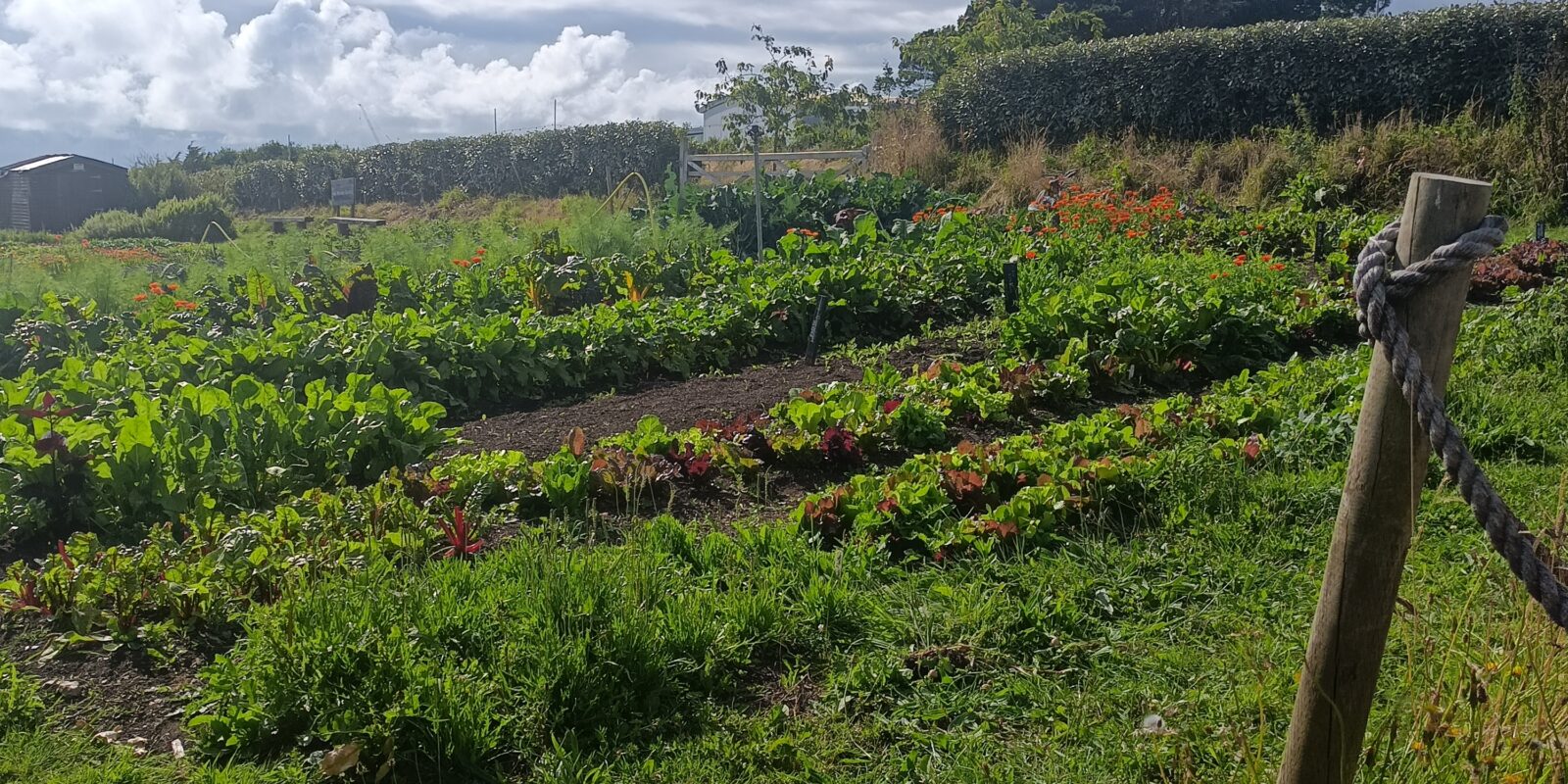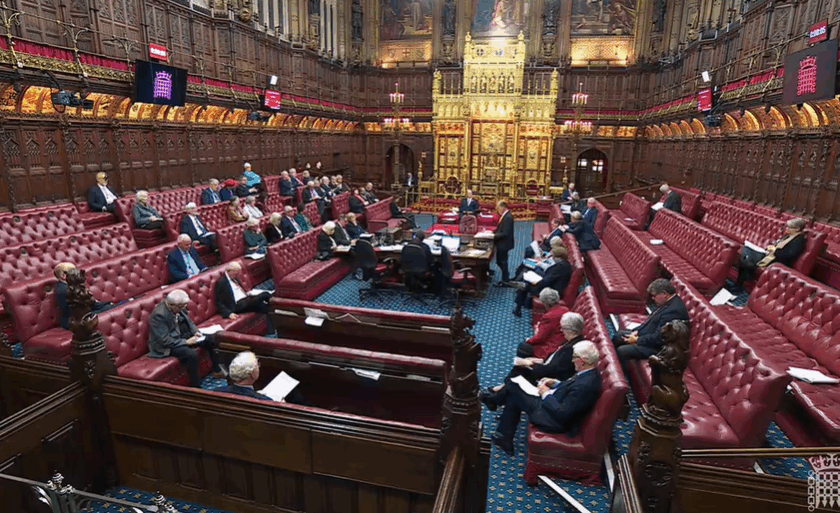In this blog, the TCPA’s Osborn Research Assistant Jeanette Aves summarises learnings from our latest New Communities Group webinar.
On 16 October, we explored the common challenges of stewardship in new communities with speakers Hugh Petter (ADAM Architecture), Mark Patchett (Community Stewardship Solutions), Alan Carter (The Land Trust) and Suzanne Keenan (Homes England).
With discussions focused on:
- Establishing clear stewardship expectations.
- Setting up stewardship strategies early with strong coordination between design and adoption.
- Effective asset management.
- Involving landowners with long-term investment.
- Creating avenues for meaningful community influence.
- Holding management companies accountable on service charges and spending.
Bringing value
Hugh Petter kicked off the conversation by introducing the positive impacts of Nansleden’s strong stewardship strategy. A Duchy of Cornwall site, Hugh highlighted the advantage of having a landowner and council with a 50-year view of its success. This allowed for greater investment in early infrastructure, 30% tenure blind affordable homes and careful placemaking, resulting in measurable uplifts in property values over time.
The project also focused on walkable local centres and a new market street, working with the existing Newquay community to identify what would benefit them. An early aspirational contract was set out between the landowner and the SME housebuilders, who were required to meet requirements at pre-planning, working drawing, and completion gateways, before the homes could be sold.
Seeing stewardship differently
Mark Patchett recognised that some housebuilders see stewardship as an end to the development process, but that it needs to be considered as a placemaking and engagement approach from the start. He suggested Local Plans as a good place to set this out. At Broadnook Garden Village, a strong push on early community cohesion has led to almost all new tenants attending each event organised. And at Caddington Woods, the site was so well endowed, including the transfer of 43 affordable homes, that community development, a community centre and buses were funded without requiring any service charges.
Mark then introduced the stewardship hub concept being setup by Calderdale Council, where best practises can be applied across numerous sites by a central charitable vehicle. This could allow for local charging, management and community input, but with the accountability of a central organisation.
Learnings from the Land Trust
Alan Carter then introduced learnings from the Land Trust, which first started as a Homes England pilot project amid an increased demand for greenspaces in new developments. Their sites blend different funding models, mostly based on endowments and services charges.
The Land Trust aims to provide communities with genuine control without burdening them with long-term liabilities. This involves regular resident meetings, walkabouts, surgeries and newsletters, and combines with strong accountability measures such as monthly inspections and the capacity to transfer ownership or contractors.
Improving stewardship and asset management
Our last speaker was Suzanne Keenan, who summarised how Homes England is looking to improve stewardship and asset management in its developments. She recognised that site maintenance is involving an increasingly diverse set of assets with complex commitments and cash flows, with a push to put financial responsibility onto new homeowners. She also noted that due to budget pressures there has been a reducing appetite for adoption among local authorities.
Homes England will focus on providing more consistent advice on setting up early stewardship strategies, especially regarding asset responsibilities, democratic processes for community influence, and measuring whole-life costs. Suzanne noted that the hub model is a good example of how fragmented management can be reduced in multi-phased sites.
The presentations were followed by questions from the audience and discussion. This covered a range of topics from the use of SMEs to changing community engagement over time.
The TCPA has produced a wealth of guidance and resources to support those interested long-term stewardship of new communities. This includes a toolkit, briefing note on governance, guidance on securing long-term stewardship through the Development Plan, and two research reports on lessons and barriers from recent experience, drawing on learning from the New Communities Group.
Area of work: Long-term stewardship
This event was kindly supported by Adam Architecture.
Photo: Community allotment, Nansleden, Cornwall
Join the New Communities Group
If you are interested in becoming a member of the TCPA’s New Communities Group, please get in touch with Lachlan Anderson-Frank. The New Communities Group offers support for local authorities delivering large-scale housing growth through workshops, webinars and policy briefings.
You can find out more here: https://www.tcpa.org.uk/areas-of-work/new-towns/new-communities-group/




